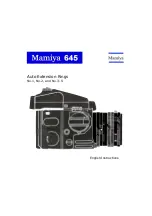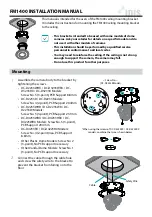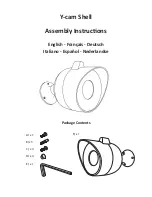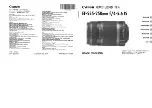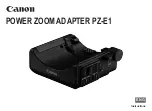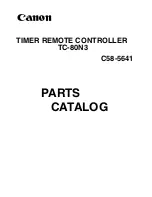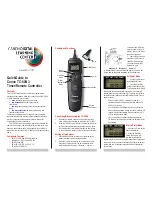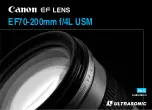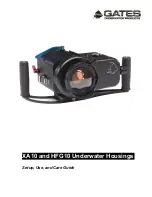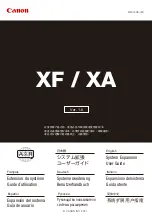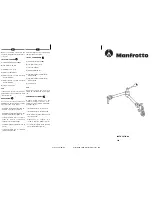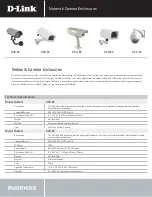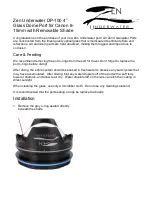
General:
The purpose of this manual is to inform installers how to receive, install and maintain
C&D Technologies® Deep Cycle Series (DCS) batteries for use in electric vehicle (EV) applications.
Battery Description:
The valve regulated lead acid (VRLA) battery is a minimal maintenance system utilizing an oxygen
recombination cycle to minimize gassing and eliminate electrolyte maintenance. The dilute sulfuric
acid electrolyte is immobilized by absorbent glass mat (AGM) separators. Each of the 2 volts direct
current (VDC) cells (6 cells per unit) in each unit has a unique self-resealing one-way valve to
relieve any excess pressure generated during overcharging conditions.
I. Safety
Installation and servicing of batteries should be performed or supervised by personnel
knowledgeable of lead acid batteries standard safety practices including appropriate personal and
equipment safety precautions. Additional information on safety and environmental aspects of this
product are available on the
L84
Safety Data Sheet (SDS) at www.cdtechno.com.
Electrical Hazards
Battery systems present a risk of electrical shock and high short circuit current. Remove
any personal metal objects (e.g. watches and rings), use properly insulated tools, and wear
eye protection and rubber gloves. Observe circuit polarities, use a voltmeter to check
potentials before making connections and do not make or break live circuits without
following all proper safety precautions.
Disposal
Lead acid batteries are to be recycled. VRLA batteries contain lead and immobilized dilute
sulfuric acid. Dispose of in accordance with federal, state and local regulations. Do not
dispose of in a landfill, lake or other unauthorized location. For assistance contact C&D
Technologies at
Chemical Hazards
Any liquid emission from a battery may be electrolyte, which contains dilute sulfuric acid.
This liquid is harmful to the skin and eyes, is electrically conductive and is corrosive. If
electrolyte contacts the skin, wash immediately and thoroughly. If electrolyte enters the
eyes, promptly flush eyes with water and seek medical attention. Neutralize spilled
electrolyte with a solution of 1 lb. bicarbonate of soda (baking soda) to 1 gallon of water.
Fire, Explosion and Heat Hazards
Batteries can contain an explosive mixture of hydrogen gas, which can vent under
overcharging conditions. Do not smoke or cause sparks in the vicinity of the battery. Do not
install and charge batteries in a sealed container. Mount the individual batteries with a
minimum of 0.5'' between units. If contained, assure the container has adequate
ventilation to prevent accumulation of potentially explosive vented gas. Refer to the
current issue of the National Electric Code (NEC) and other applicable building codes.
Caution
Do not attempt to remove battery vents or add water as this presents a safety hazard and
voids the warranty. Wash hands after any contact with the battery lead terminals.






